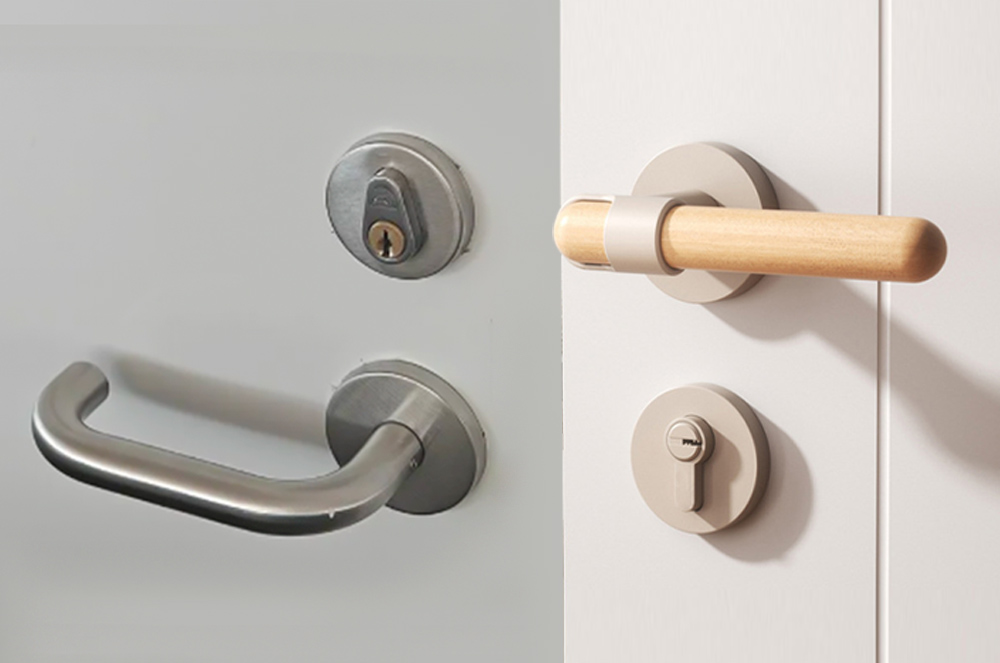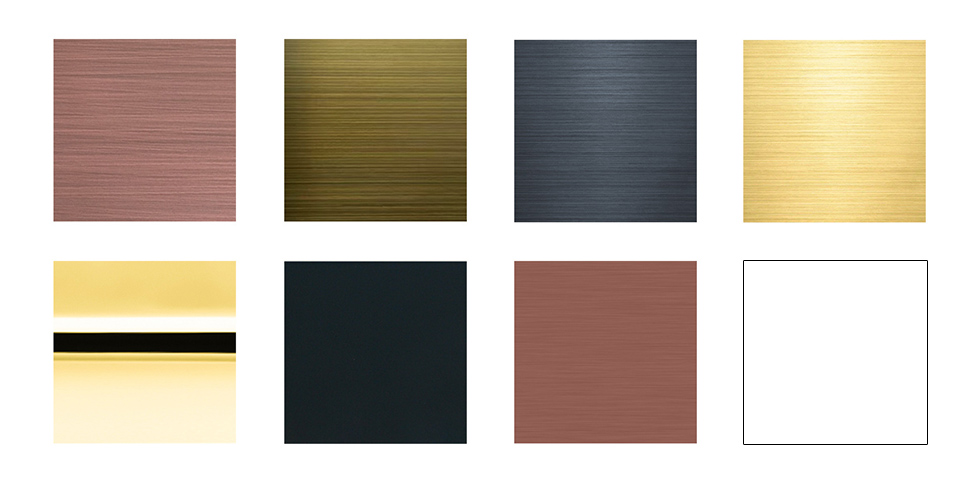Introduction
When it comes to choosing door handles, we often come across three types of stainless steel materials: 201, 304, and 316. While they are all stainless steel, there are some differences and specific conditions for their usage.
201 Stainless Steel Door Handles
201 stainless steel is an economical and practical material with high toughness and corrosion resistance. It mainly consists of chromium, nickel, and manganese, making it suitable for general outdoor and low humidity environments. Due to its relatively lower price, 201 stainless steel door handles are commonly seen in budget residential buildings, commercial establishments, and some indoor locations. However, compared to 304 and 316 stainless steel, 201 stainless steel may have slightly inferior corrosion resistance and may experience some corrosion in high humidity or high chloride environments.
304 Stainless Steel Door Handles
304 stainless steel is a commonly used material known for its excellent corrosion resistance and oxidation resistance. It is composed of 18% chromium and 8% nickel, hence also referred to as 18-8 stainless steel. 304 stainless steel door handles are one of the most common and widely used choices., including indoor and outdoor use. It is a durable, easy to clean, and maintainable choice. However, the cost of 304 stainless steel is relatively higher.
316 Stainless Steel Door Handles
316 stainless steel is a high-strength material resistant to corrosion in marine environments. It consists of 16% chromium, 10% nickel, and 2% molybdenum, offering outstanding corrosion resistance. 316 stainless steel door handles are suitable for coastal areas, saltwater environments, and high humidity conditions. It can withstand the erosion of chlorides and acidic substances. Of course, excellent rust protection comes with a not-so-cheap price tag.
It’s important to note that while these materials have different properties and corrosion resistance, proper installation, maintenance, and cleaning are equally important in maintaining the appearance and performance of door handles.
To simply verify whether stainless steel is 201, 304, or 316, you can try the following methods:
Magnetic test:
201 stainless steel is non-magnetic, while 304 and 316 stainless steel are usually magnetic. Use a magnet and bring it close to the stainless steel material. If the magnet sticks, it may be 304 or 316 stainless steel. If the magnet doesn’t stick, it may be 201 stainless steel.
Acid dissolution test:
Conduct an acid dissolution test using diluted sulfuric acid or diluted hydrochloric acid. Place a drop of acid on the stainless steel surface and wait for a moment. If noticeable bubbles appear, it may be 201 stainless steel. If no bubbles appear, it may be 304 or 316 stainless steel. Please note that this is a simple but less accurate method.
Color and appearance:
201 stainless steel usually has a lighter color, closer to nickel, while 304 and 316 stainless steel have a more silver-white appearance. By observing the color and appearance of the material, you can make a preliminary judgment about its possible stainless steel type.
These methods can serve as simple preliminary judgments, but they are not 100% accurate. If you need to accurately verify the type of stainless steel material, it is recommended to consult professional laboratories or experts in the field for chemical composition analysis and other more accurate testing methods.
If you want to learn more about stainless steel door handles, as a door handle manufacturer, we welcome your inquiries. We will provide you with professional advice and customized services to meet your needs.
MARCHRY HARDWARE
WEBSITE: www.marchry.com
MAIN PRODUCTS: Door handle, Door knob, Pull handle, Door stopper, Door lock, Toilet partition hardware, Furniture handle, etc.





